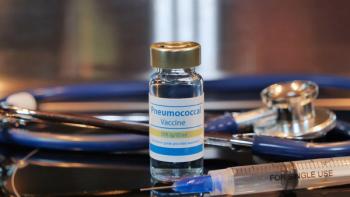
|Articles|January 26, 2022
Pharmacy Clinical Pearl of the Day: Glioma
Author(s)Saro Arakelians, PharmD
Gliomas begin in the glial cells that surround nerve cells and help them function.
Advertisement
Clinical Pearl of the Day: Glioma
Glioma is a type of tumor that occurs in the brain and spinal cord.
Insight:
- Gliomas begin in the gluey supportive cells (glial cells) that surround nerve cells and help them function.
- Three types of glial cells can produce tumors.
- Gliomas are classified according to the type of glial cell involved in the tumor, as well as the tumor's genetic features, which can help predict how the tumor will behave over time and the treatments most likely to work.
- Types of glioma include:
- Astrocytomas, including astrocytoma, anaplastic astrocytoma, and glioblastoma.
- Ependymomas, including anaplastic ependymoma, myxopapillary ependymoma, and subependymoma.
- Oligodendrogliomas, including oligodendroglioma, anaplastic oligodendroglioma, and anaplastic oligoastrocytoma.
- Symptoms may include headache, nausea, vomiting, confusion, memory loss, personality changes, difficulty with balance, and urinary incontinence.
- Diagnosis includes imaging studies, as well as neurological exams.
- Treatment includes surgery, radiation therapy, chemotherapy, targeted drug therapy, and rehab after treatments.
Sources:
Newsletter
Stay informed on drug updates, treatment guidelines, and pharmacy practice trends—subscribe to Pharmacy Times for weekly clinical insights.
Advertisement
Latest CME
Advertisement
Advertisement
Trending on Pharmacy Times
1
Enfortumab Vedotin Plus Pembrolizumab Shows Promise as a Platinum-Free Option in Earlier Bladder Cancer
2
FDA Approves Amivantamab and Hyaluronidase-lpuj, Revolutionizing Lung Cancer Treatment With 5-Minute Subcutaneous Delivery
3
Advancing the Role of Pharmacy Technicians in Hazardous Drug Compounding
4
Potential Benefits of GLP-1 Agonists in Reducing Chemotherapy-Related Toxicities in Breast Cancer
5










































































































































































































